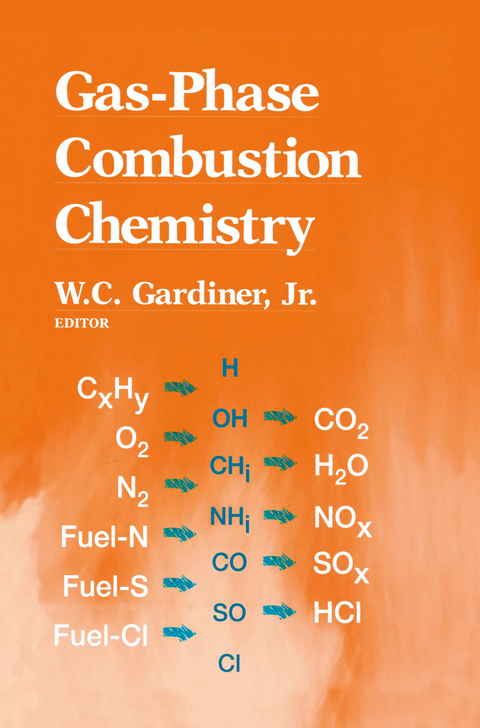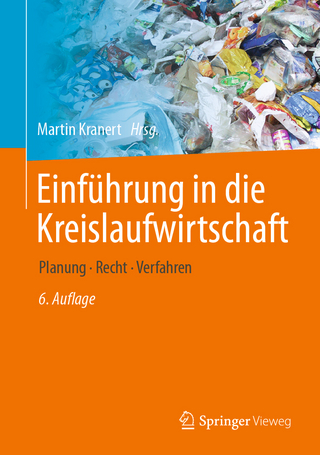
Gas-Phase Combustion Chemistry
Springer-Verlag New York Inc.
978-0-387-98861-0 (ISBN)
1. Combustion Chemistry Modeling.- 1.1. Introduction.- 1.2. Oxidation of hydrogen and carbon monoxide.- 1.3. Hydrocarbon combustion chemistry.- 1.4. Nitrogen, sulfur, and halogens in flames.- 1.5. Combustion of alternative fuels.- 1.6. Combustion inhibitors.- 1.7. Combustion promoters.- 1.8. Reduced chemistry models of combustion.- 1.9. Resources for combustion chemistry modeling.- 1.10. References.- 2. Combustion Chemistry of Nitrogen.- 2.1. Introduction.- 2.2. Overview of nitrogen chemistry.- 2.3. Unimolecular and chemically activated bimolecular reactions.- 2.4. Analysis of hydrogen atom abstraction reactions.- 2.5. Updated rate coefficients for the H/N/O system.- 2.6. QRRK treatments.- 2.7. Other reactions of interest.- 2.8. Illustrative modeling results.- 2.9. Summary.- 2.10. Acknowledgments.- 2.11. References.- 3. Kinetics and Mechanisms of the Oxidation of Gaseous Sulfur Compounds.- 3.1. Introduction.- 3.2. Sulfur emissions.- 3.3. Elementary reactions.- 3.4. Basic chemistry of sulfur in combustion environments.- 3.5. Thermochemistry of sulfur-containing compounds.- 3.6. Observations and conclusions.- 3.7. Acknowledgments.- 3.8. References.- 4. Survey of Rate Coefficients in the C-H-Cl-O System.- 4.1. Introduction.- 4.2. Electronic structure and thermochemistry.- 4.3. Characteristic features of elementary reactions of chlorine.- 4.4. Reaction mechanisms.- 4.5. Survey of elementary reactions.- 4.6. Data gaps and suggestions for future work.- 4.7. Acknowledgments.- 4.8. References.- 5. Ideal Gas Thermochemical Data for Combustion and Air Pollution Use.- 5.1. Introduction.- 5.2. Thermochemical database.- 5.3. Sources of thermochemical data.- 5.4. Thermochemical polynomials.- 5.5. Calculation procedures.- 5.6. Accuracy of the database.- 5.7. Accuracy of standard enthalpies of formation.- 5.8. Other sources of thermochemical data.- 5.9. Format of the database.- 5.10. Conversion factors.- 5.11. Internet transfer of the database.- 5.12. References.- 5.13. Table of standard enthalpies of formation.
| Zusatzinfo | XIII, 543 p. |
|---|---|
| Verlagsort | New York, NY |
| Sprache | englisch |
| Maße | 155 x 235 mm |
| Themenwelt | Naturwissenschaften ► Biologie ► Ökologie / Naturschutz |
| Naturwissenschaften ► Chemie ► Physikalische Chemie | |
| Naturwissenschaften ► Chemie ► Technische Chemie | |
| Technik ► Umwelttechnik / Biotechnologie | |
| Schlagworte | Air Pollution • Gas-phase combustion • Modeling |
| ISBN-10 | 0-387-98861-0 / 0387988610 |
| ISBN-13 | 978-0-387-98861-0 / 9780387988610 |
| Zustand | Neuware |
| Informationen gemäß Produktsicherheitsverordnung (GPSR) | |
| Haben Sie eine Frage zum Produkt? |
aus dem Bereich


